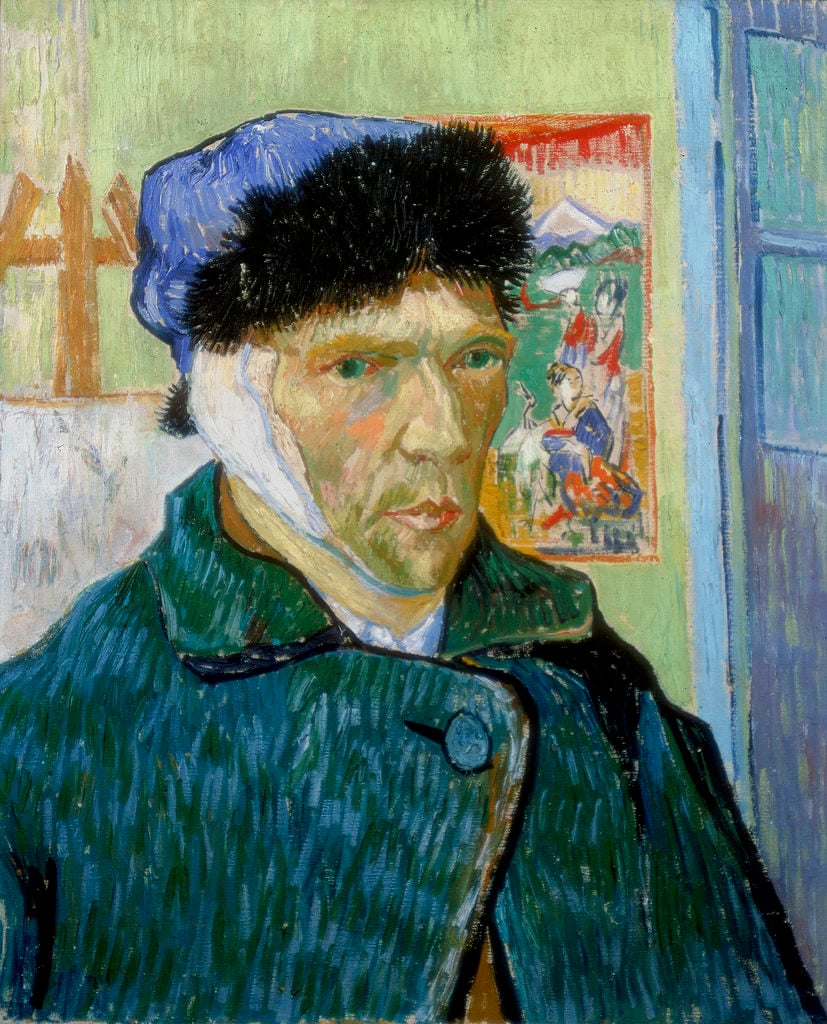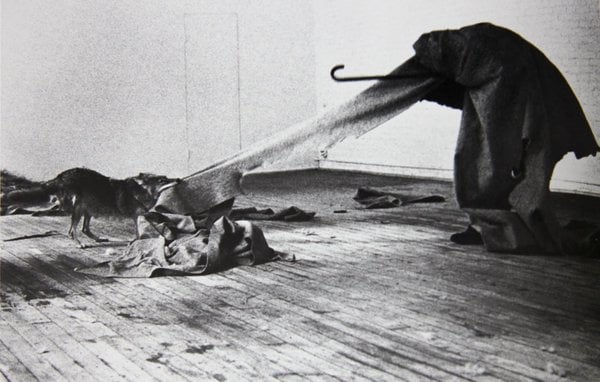Galleries
A Living Copy of Vincent van Gogh’s Ear Makes Its New York Debut
The artist's ear has been recreated using his great-great-grandnephew's DNA.

Photo: courtesy Ronald Feldman.
The artist's ear has been recreated using his great-great-grandnephew's DNA.

Sarah Cascone

A little piece of a long-dead artist is coming back to life in New York this fall when Diemut Strebe’s creepy living copy of Vincent van Gogh‘s ear makes its New York debut at Ronald Feldman Fine Arts.
Titled Sugababe, the ear was created using genetic samples Strebe collected from Lieuwe van Gogh, the great-great-grandson of Theo van Gogh, the Post-Impressionist artist’s brother. Strebe used computer imaging technology to recreate the ear’s shape based on its appearance in van Gogh’s self-portraits, and a computer processor the simulates nerve pulses allegedly allows the ear to hear.
Though Sugababe is admittedly macabre, visitors at the original exhibition at the Centre for Art and Media in Karlsruhe, Germany, “loved the ear,” Strebe insisted in an e-mail to artnet News.

Vincent van Gogh, Self-Portrait with Bandaged Ear (1889). Photo by Art Media/Print Collector/Getty Images.
“I’m not sure that everyone understands the full scientific and biological implications,” the artist writes. “The scientific approach is based on the Theseus’s paradox by Plutarch… He asked if a ship would be the same ship if all its parts were replaced. This paradox is brought into a 21st-century context by using a living cell line (from Lieuwe van Gogh) in which we replaced (at least as a proof of principle) his natural DNA with historical and synthesized DNA.”
Perhaps the most famous detached body part in all of art history, van Gogh allegedly cut off his ear when he had a mental breakdown, although some German historians now think Paul Gauguin may have cut off van Gogh’s ear with a rapier following a heated argument between the two artists, according to the book Van Goghs Ohr: Paul Gauguin und der Pakt des Schweigens (Van Gogh’s Ear: Paul Gauguin and the Pact of Silence). Though the ear has been recreated, scientists haven’t been able to slow the fading of van Gogh’s paintings.

Joseph Beuys, I Like America and America Likes Me (1974).
Image: Courtesy of e-flux.com.
The scientifically-minded show also includes Social Sculpture: The Scent of Joseph Beuys, a scent-based piece inspired by the German Fluxus artist’s 1974 performance at René Block’s gallery in New York titled, I Like America and America Likes Me. With the help of International Flavors & Fragrances Inc., Strebe has reduced Beuys‘s original work into seven scents, like “gallery” and “coyote,” which are meant to evoke Beuys‘s experience living for a week with a wild coyote in the gallery space.
Diemut Strebe’s “Free Radicals: Sugababe & Other Works” is on view at Ronald Feldman Fine Arts, 31 Mercer Street, New York, November 7–December 5, 2015.